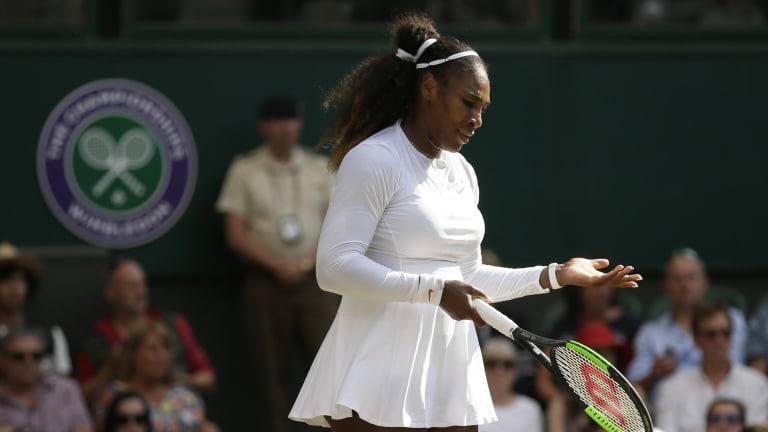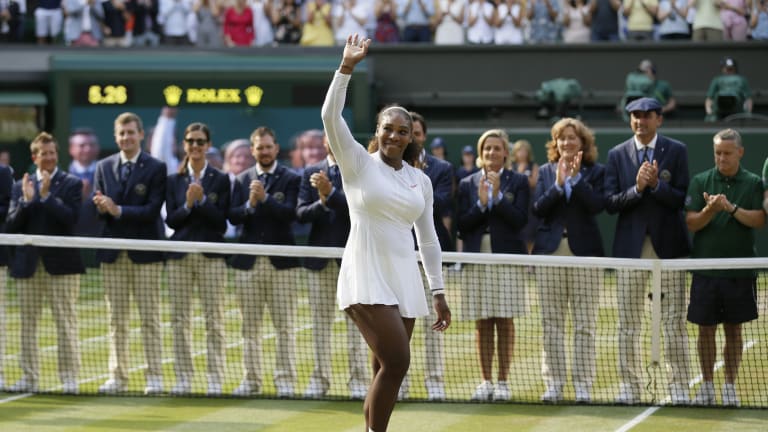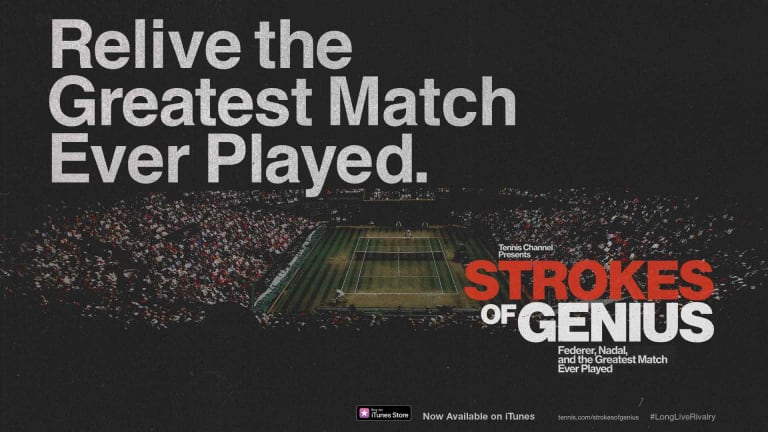LONDON—As the fortnight progressed and the seeds kept falling in the women’s draw at the most significant tournament in all of tennis, there was a growing feeling that order would be restored in the end and Serena Willams would walk away with her 24th major singles title and an eighth singles tournament victory on the lawns at the All England Club. To be clear, Serena had not been perfect over the fortnight, and had looked quite vulnerable at certain stages of the tournament, dropping a set to Camila Giorgi in the quarters, and fighting hard before stopping Kristina Mladenovic a few rounds earlier. The No. 25 seed had made her presence known, but was hardly looking invincible.
And yet, she had sparkled in a 6-2, 6-4 semifinal triumph over No. 13 seed Julia Georges. It seemed entirely possible that she was peaking at precisely the right time, and therefore was primed to beat No. 11 seed Angelique Kerber in the final. Kerber had been in remarkably good form, dropping only one set on her way to a second Wimbledon final, performing with increasing authority and vigor in a pair of hard fought and uplifting victories over No. 14 seed Daria Kasatkina and No. 12 Jelena Ostapenko in quarterfinal and semifinal appointments. To be sure, Kerber was a player of growing self conviction down the homestretch of the tournament, and the 30-year-old German was reminding us all why she had climbed to No. 1 in the world two years ago, when she claimed two major titles as well as reaching the Wimbledon final.
But no one could have anticipated what would unfold on the fabled Centre Court as Kerber collided with Williams for the second time in a title-round contest there. Serena had won 23 of 29 major finals as she approached this meeting with Kerber. In addition to losing to the German at the Australian Open final of 2016, Williams had suffered setbacks in Grand Slam tournament finals only to her sister Venus (twice), Maria Sharapova, Sam Stosur and Garbine Muguruza. Her propensity to rise to large occasions and take matters into her own hands has been extraordinary, second to no one in the modern era.
Kerber, however, was a woman who clearly believed she could come through on the sport’s premier stage. Having lost to Serena here in 2016, she was not in awe of her surroundings. Kerber stepped out into the renowned arena and made it apparent from the outset of the final that she would not be intimidated by either Serena or the setting. The crafty German showed up for work with a deep supply of determination, a game plan from which she would not stray, and a belief that this could and would be her day.
WATCH—Match point from Kerber's win over Serena in Wimbledon final:


